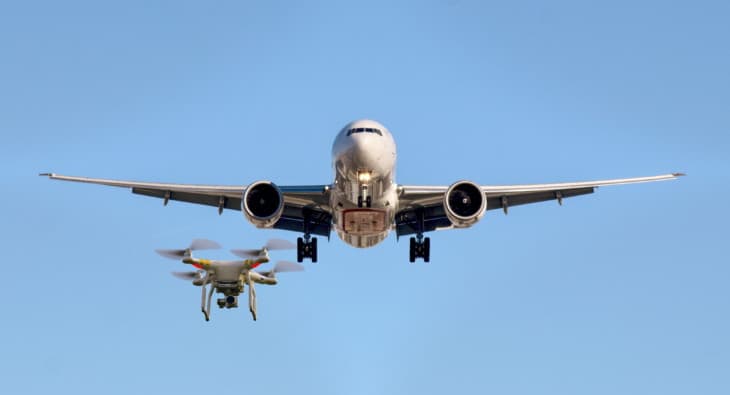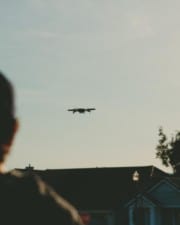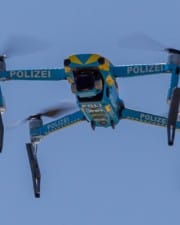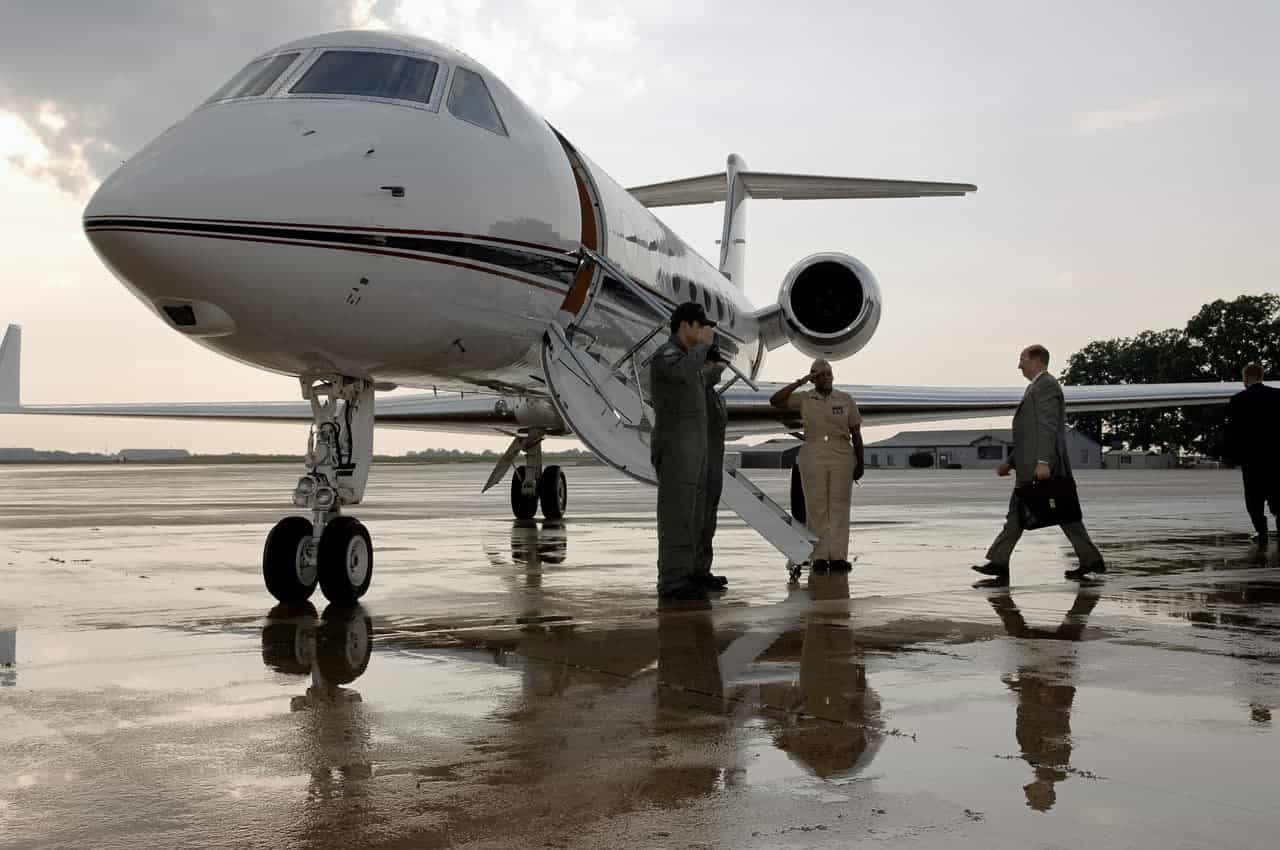Taking a drone on a vacation is a great way to capture unique experiences, allowing travelers to take aerial footage as they hike, surf, or sightsee. Before packing a drone with the rest of the luggage, find out whether your drone is allowed on the plane or not.
TLDR – There are no TSA regulations that specifically restrict passengers from traveling with drones. Most airlines allow passengers to bring drones on planes with carry-on baggage or checked baggage. However, passengers should always check the policies of the airline that they plan on flying with.
Can You Take a Drone on a Plane?
Airlines are required to follow the TSA and FAA regulations when it comes to restricting passengers from bringing certain items on a plane. The TSA allows drones through the airport security checkpoint. While drones are not restricted by federal laws, individual airline policies vary.
There are no known airlines in the United States that explicitly prohibit drones. However, some airlines require passengers to bring drones in their carry-on baggage instead of checked baggage. Many others allow passengers to bring drones with carry-on or checked baggage.
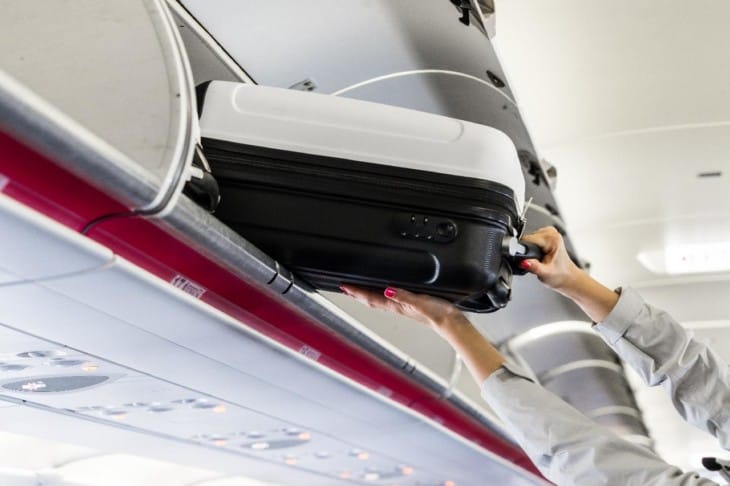
The TSA and FAA can only regulate domestic flights. International flights may bring additional regulations. For example, when traveling to a foreign country, travelers need to abide by the laws of the destination country. In the Bahamas, all drone operators, including foreign visitors, need to register with the government. Failure to register could result in the confiscation of the drone.
Before traveling with a drone on an international flight, review the laws and regulations for drones in the destination country. Traveling with a banned item may result in the confiscation of the drone and fines. The traveler may also be denied entry to the country.
How Do I Take a Drone on a Plane?
Taking a drone on a plane involves several steps. The traveler should first determine whether the airline policies prohibit drones in checked or carry-on baggage. If the drone is allowed on the plane, the traveler should review the airline’s policies for traveling with LIPO batteries. In most cases, the drone and the batteries will need to be part of the traveler’s carry-on luggage.
It is also a good idea for travelers to inform TSA agents that they have a drone in their luggage when going through the security checkpoint. While the TSA allows drones, the sight of the device may raise a red flag when passing through the scanner.
After reviewing airline policies, travelers should find suitable storage for the drone, such as a drone case. Drone cases are typically compact, providing just enough space for the drone, the controller, and two or three batteries.
Always check the dimensions of the case. If it is too large for carry-on baggage, a traveler may need to check the case. However, some airlines prohibit drones in checked baggage, which could pose a problem for the traveler.
The standard limit for carry-on luggage is 22x14x9-inches. As with other policies, the carry-on restrictions vary at each airline. Some airlines may only allow bags up to 21 inches wide. Along with a size limit, many airlines have a weight limit for carry-on baggage. The typical limit is 50 pounds. However, several airlines only allow bags up to 22 pounds.
How To Take Drone Batteries on a Plane?
While drones are allowed through airports and not prohibited on planes by federal law, the FAA has restrictions on drone batteries. Most drones use lithium-ion (LIPO) batteries, which are restricted due to the hazardous materials regulations.
The FAA allows passengers to bring LIPO batteries in carry-on baggage if the battery supplies 100 watts per hour or less. The watt-hour (Wh) rating is typically found on the battery itself. Passengers may also estimate the watt-hour rating by multiplying the voltage times the amp-hours (Ah). First, divide the “mAh” by 1,000 to determine the “Ah.” For example, an 11.1 volt 4,400mAh (4.4Ah) battery would have a watt-hour rating of 48.8Wh. According to FAA laws, the battery would be permitted on the plane.
Passengers can bring up to three batteries in their carry-on luggage. A single battery with 100Wh or less may also be stored inside checked baggage if it is secured inside the drone. Batteries with more than 100Wh and unsecured batteries in checked baggage require prior approval from the airline. In most cases, travelers can only pack up to two 100Wh or larger batteries in their carry-on luggage.
As each airline has different policies, travelers should review the policies and request approval when necessary. The batteries also need to be individually protected against short circuits. The most common solution is to place electrical tape over the terminals or by placing the batteries in individual protective pouches.
Can You Take a Drone Through Customs?
The United States Customs and Border Protection (CBP) agency does not prohibit people from entering the country with drones. However, individuals may need to pay a customs duty when importing a drone to the United States.
If a traveler re-enters the US with a drone that they traveled with, the CBP may require documentation to prove that it was purchased before the trip. To avoid any hassles, individuals may want to submit Form 4457 – Certificate of Registration for Personal Effects Taken Abroad.
Form 4457 is primarily used for US travelers who plan on traveling with firearms. However, it can be used to declare any valuable item, including a drone. While the US CBP allows drones into the country, the customs agencies in other countries may have different restrictions.
What Countries Can You Not Fly Drones in?
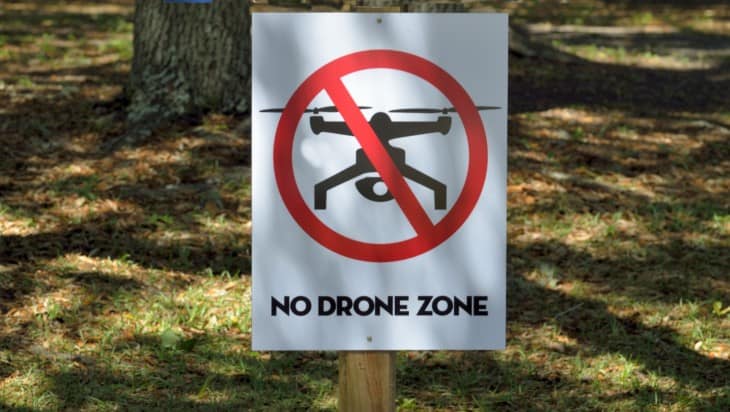
There are currently 15 countries where drones are completely banned. Arriving in one of these countries with a drone may result in various consequences, ranging from being denied entry to the country to the confiscation of the drone.
The 15 countries where drones are banned include:
- Algeria
- Barbados
- Brunei
- Cote d’Ivoire
- Cuba
- Iran
- Iraq
- Kuwait
- Kyrgyzstan
- Madagascar
- Morocco
- Nicaragua
- Senegal
- Syria
- Uzbekistan
Most of these countries claim that drones present a security concern.
Along with a complete ban on drones, some countries require registration. The Bahamas, the US, the United Kingdom, and many countries throughout Europe, Asia, and Africa require some type of registration for recreational drone flights. Failure to register may result in the confiscation of the drone and fines.
In almost every member state of the European Union (EU), individuals need to register with the Civil Aviation Authority to operate a drone. After registering, the operator receives a unique registration number. The registration numbers are stored in a database that is accessible by the aviation authorities in each EU country. This allows the registration to be recognized throughout the EU.
As with the FAA requirements, the EU requirements depend on the size of the drone. If the drone weighs less than 0.55 pounds, the drone operator does not need to register. The EU also requires operators to follow additional rules, including only flying in designated areas.
The laws related to drones continue to change. Some of the countries that currently ban drones may eventually allow them while countries that currently permit them may eventually ban them. The safest option is to review the regulations of every stage of the journey, including the airline and the destination country.
Related Posts
